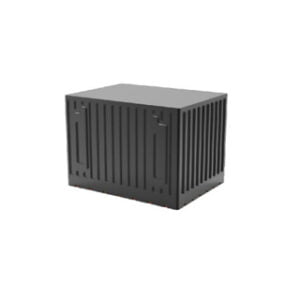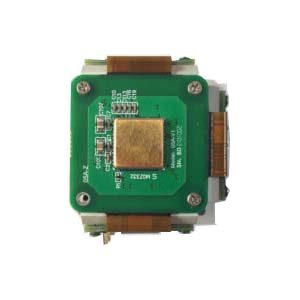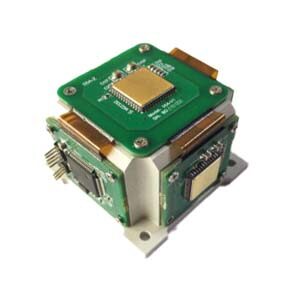AHRS refers to the Attitude Reference System, which includes multiple axial sensors that provide heading, roll and rollover information for the aircraft. These systems are used to provide accurate and reliable attitude and navigation information for the aircraft. The attitude reference system includes MEMS-based three-axis gyroscopes, accelerometers and magnetometers. The difference between the attitude reference system and the inertial measurement unit IMU is that the attitude reference system (AHRS) contains embedded attitude data solving unit and heading information. The inertial measurement unit (IMU) only provides sensor data and does not provide accurate information. Reliable posture data function. The current attitude solving unit of the multi-sensor data fusion used in the currently used azimuth reference system (AHRS) is a Kalman filter.
The real reference of AHRS comes from the Earth's gravity field and the Earth's magnetic field. In other words, if AHRS is away from the Earth's gravity and magnetic field environment, it cannot work normally. Generally, the more orthogonal the magnetic field and the gravitational field, the better the attitude measurement effect will be. The magnetic field here is going down, in the same direction as the weight field. At this time, the route intersection can not be measured, which is the defect of the attitude system, and the route Angle error will be more and more large at high latitudes.
Features:
High-precision 360-degree all-round position and attitude output, using Euler Angle will have universal lock, can not be turned in all directions.
Efficient data fusion algorithms combine fast dynamic response with long-term stability (no drift, no accumulated errors).
The inertial measurement unit measures both types of motion, linear motion measured by an accelerometer and rotational motion measured by a gyroscope. An IMU consists of three single-axis accelerometers and three single-axis gyros. The accelerometer detects the acceleration signal of the object in the carrier coordinate system independently of three axes, while the gyro detects the angular velocity signal of the carrier relative to the navigation coordinate system, measures the angular velocity and acceleration of the object in three-dimensional space, and calculates the attitude of the object based on it. It has important application value in navigation. To improve reliability, more sensors can also be fitted to each shaft. In general, the IMU should be installed on the center of gravity of the object being measured.
Application field
AHRS originally originated from aircrafts related technology, but in recent years, with the continuous reduction of cost of components, it has been widely used in motor vehicles and drones, industrial equipment, cameras and antenna head, ground and underwater equipment, life motion science analysis, virtual reality, game interface, indoor positioning and other products requiring 3D attitude measurement.
If you want to get more details about AHRS,pls visit https://www.ericcointernational.com/attitude-heading-reference-system/
More Technical Questions
1.AHRS and IMU Comparison
2.The Theory of AHRS & Difference Between AHRS and IMU
3.Differences between IMU, AHRS, VRU and INS
4.AHRS Attitude Reference System
5.What do 6-axis, 9-axis, IMU, VRU and AHRS refer to?
6.Do You Know What IMU is?
Products in Article






